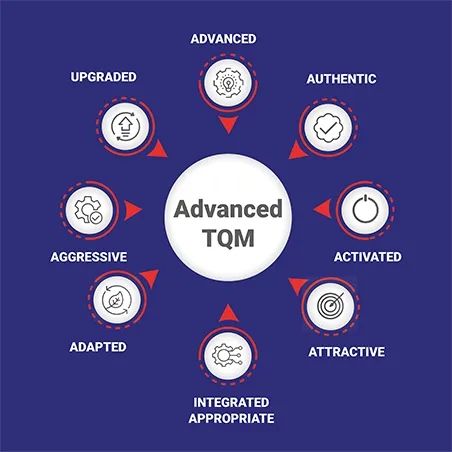
- To markedly increase production while, at the same time, increase employee morale and job satisfaction.
- To hold emergency and unscheduled maintenance to a minimum.
- To create a lean organization with reduced cycle time and improved operational efficiency.
- Improving productivity by highly motivated workers which is achieved by job enlargement.
- The use of voluntary small group activities for identifying the cause of failure, possible plant and equipment modifications.
- Achieve zero defects, zero breakdown and zero accidents in all functional areas of the organization.
2. Jishu Hozen/ Autonomous Maintenance:
T his pillar develops operator to take care of small maintenance tasks . Resulting skilled maintenance team to concentrate on value added and technical repairs . The operator responsible for up keep of their equipment to prevent it from deteriorating.
Steps in Jishu Hozen:Preparation of employees Initial cleanup of machines Take counter measures Fix tentative JH activities standards General Inspection Autonomous inspection Standardization Autonomous maintenance
3. Kaizen:Kaizen made of two words- ‘Kai’ means ‘Change’ & ‘Zen’ means ‘Good’ Policy of Kaizen- Practice concept of zero losses in every sphere of activity. Relentless pursuit to improve over all plant equipment effectiveness and to achieve cost reduction targets in all resources . Focus of easy handling of operator.
Kaizen:Tools used in Kaizen- PM analysis Why-Why analysis Summary of losses Kaizen register Kaizen summary sheet.
4. Planned Maintenance:This pillar aimed towards- Trouble free machines and equipment. Producing defect free products for total customer satisfaction. 4 type categories of maintenance- Preventive Maintenance Breakdown Maintenance Corrective Maintenance Prevention Benefits- Achieve and sustain availability of machines Optimum maintenance cost Reduces spares inventory Improve reliability and maintainability of machines.
5. Quality Maintenance:This pillar aimed towards- Customer delight through highest quality Defect free manufacturing Eliminating non conformances in a systematic manner Reactive to proactive like (quality control to quality assurance) Benefits- Defect free condition and control of equipment Q m activity to control quality assurance Focus of prevention of defects at source Focus on poka -yoke (fool proof system) Effective implementation of operator quality assurance Achieve & sustain customer complaint zero
6. Training:This pillar aimed towards- Developing multiskill employees whose morale is high and who has eager to come to work and perform all required functions effectively and independently Employees will be trained to address the problem by finding the root cause & eliminating them The goal is to create a factory full of experts Benefits- Achieve and sustain zero losses due to lack of knowledge /skills /technique Remove fatigue and make work more enjoyable Upgrading the operating & maintenance skills
7. Office TPM:This pillar aimed towards- To improve productivity Efficiency in the administrative functions and identify to eliminate losses Analyzing processes and procedures towards increased office automation Benefits- Inventory reduction Lead time reduction of critical process Equalizing the work load Retrieval time reduction (reduce repetitive work) Better utilized work area Reduction in administrative costs
8. Safety, Health & Environment:This pillar aimed towards- Create safe work place and safe work practice This pillar play vital role with other pillars on regular basis Benefits- Zero accident Zero fires Zero health damages Safe working condition Safe work.

